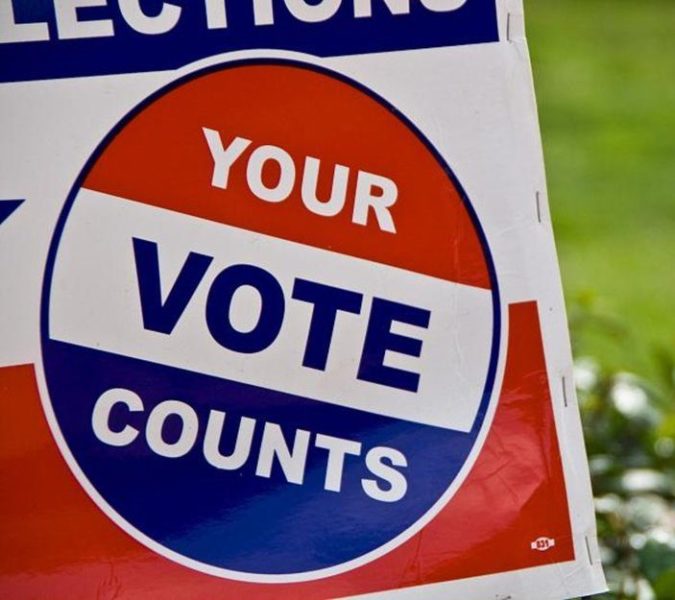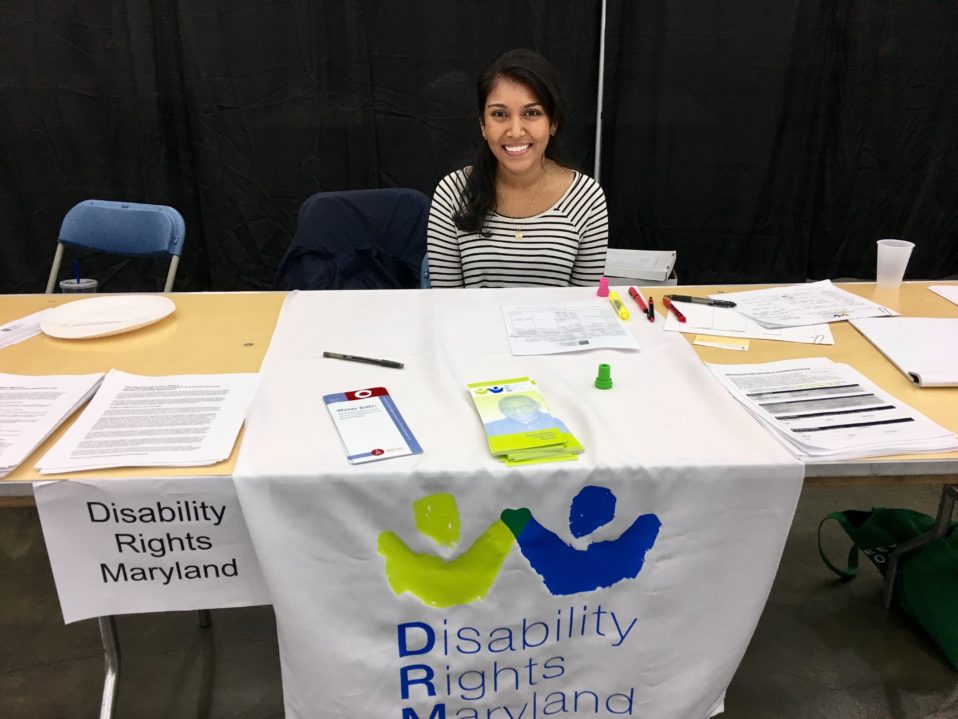“Sarita,” who is blind, had difficulty obtaining employment, which she attributed to her criminal background that would emerge during the hiring process. DRM was able to expunge Sarita’s criminal record, opening the door to employment opportunities. Sarita quickly obtained work in the retail field and has been employed for the past several months. Prior to obtaining employment, Sarita faced numerous obstacles, and she was particularly pleased to be able to find work near her home. Sarita credits DRM’s efforts on her behalf for her success.
Early Voting Begins in MD 10/27
Same day voter registration is allowed with proof of residence. All Early Voting locations are accessible to people with disabilities. Voters can vote from today until Thursday Nov. 3. Polls are open 8AM to 8PM.
DRM provides resources to make the voting process simple and accessible for all voters:
Find Early Voting Locations
2016 General Election Voter Info
Visit our Voting Page for more resources!
Quick Tips!
- It is a good idea to bring identification with you.
- You may ask for assistance. Ask any election judge or bring someone you trust to help you.
- You have the right to cast a ballot as long as you are in line when the polls close.
- We need nondisabled voters to use also the ballot-marking machines to avoid a segregated ballot!
Please request to do so when you check in, and report any access barriers to DRM’s Voting Hotline:
Call: 443-692-2492
Email: Voting@DisabilityRightsMD.org
Project Homeless Connect
Disability Rights Maryland had another successful year participating in United Way’s 5th annual Project Homeless Connect. Project Homeless Connect provides free, on-site, direct services such as medical, dental, employment, and legal services, all held at the Baltimore Convention Center. Over 2,000 people experiencing, or at risk for homelessness attended the event on Friday, September 30th, 2016.
It was amazing to see and hear how many people lined up hours before the event kicked off. In fact, the Mission of Mercy Dental Clinic, which offered services over two days, had reached capacity by 9:30 am. I had the opportunity to volunteer at My Sister’s Place, which provides meals and access to various services to women, the day before and many of the women were busy chatting about what types of haircuts they wanted to get or how receiving a new ID would help them in their daily lives. Most of the services, like getting a haircut or visiting the dentist, are often things we take for granted, however, for many of the participants these services will help alleviate some of their hardships and hopefully help them access stable housing.
This was my first time volunteering at the event, but it was incredible to see how well organized this event was. Participants were quickly checked in and paired with a volunteer guide. The event space was huge and perhaps a bit overwhelming, but the volunteer guides became familiar with their participant’s specific needs as the day progressed and helped them navigate. There were some participants who visited our table and were perhaps a bit shy or not quite sure what questions to ask, but the volunteer guides were able to advocate on their behalf.
Disability Rights Maryland was one of over 130 organizations present, and helped answer their legal questions about public housing, such as how to apply, waitlist status, and more. DRM not only provided information and assistance to those experiencing homelessness, but also to providers who were excited to share our resources with their clients. There were instances where DRM did not offer the types of assistance or resources that the participant needed, however, we were almost always able to refer the participant to another service provider, just a few tables away.
It was both humbling and inspiring to see how many people rely on the vital services offered through Project Homeless Connect and the vast amount of volunteers and service providers who worked tirelessly to ensure the event ran smoothly. Even though my DRM internship will be ending this year, I hope I can volunteer in some capacity at next year’s Project Homeless Connect.
Post authored by Jessica Ramdat, Intern for DRM. (pictured above)
The Civil Rights Crisis in Our Schools
The term “school to prison pipeline” refers to the link between school failure, zero-tolerance discipline policies, exclusionary discipline, school-based arrest, and the likelihood that youth who have these experiences in school will become involved in the juvenile, and later, adult criminal justice systems. Children of color and children with disabilities are overrepresented at all stops on the school to prison pipeline, beginning with exclusionary discipline and academic failure in early childhood.
The fact that Black children and children with disabilities are suspended and expelled more often than other children for the same offenses reflects the same inequalities that exist in the adult world. We live in a society where the rate at which Black men are subject to imprisonment is unparalleled, and where people with disabilities are at disproportionate risk of lethal encounters with law enforcement.[i] The deaths of Freddie Gray and Ethan Saylor indicate that Maryland is no exception.
Although the overall number of suspensions and expulsions are down across Maryland, the disproportionate impact of school exclusion and push-out of children with disabilities and children of color continues. According to Maryland State Department of Education (MSDE) data, in 2014-2015, there were 70,404 total suspensions and expulsions. Students with disabilities represented 12% of the population, but 27% of suspensions and expulsions were of students with disabilities. In the same year, Black students made up 35% of the population but 62% of the suspensions and expulsions were of Black students.[ii] Nationally, the data is even more troubling, with Black students 3.8 times as likely to be suspended as white students, and children with disabilities more than 2 times as likely to be suspended as students without disabilities, according to the Department of Education’s Office for Civil Rights.
Unfortunately, the requirement that districts track, reduce and eliminate disproportionate suspensions of students with disabilities and students of color has not been implemented. MSDE is now considering methods of measuring disproportionality, but after two years, has not yet begun measuring it.
Don’t some students need to be removed?
Violent or dangerous behavior in school is never acceptable, and there are times when a student must be removed from a learning environment to ensure the student’s safety and that of other students. However, according to MSDE data, most suspensions are not for violent actions. Rather, the majority of suspensions statewide fall into the categories of disrespect, insubordination, and disruption. Restorative practices can address these categories of behavior effectively. “Restorative practices” are a way of affecting behavior and school “climate” that focuses on relationships and having individuals repair wrongs they have committed. If our goal is to change inappropriate behavior, suspension has not been proven to make schools safer.[v] What suspension has been proven to do, however, is increase the likelihood of substance abuse, school failure, dropout, and involvement in the juvenile justice system. [vi]
Students with Disabilities
We know that students with disabilities are more frequently suspended and/or expelled from school, but why? When schools fail to identify students with disabilities, when disability is misunderstood or underestimated, or when students with disabilities do not have effective, appropriate academic instruction, challenging behavior can result.
Schools have specific legal obligations regarding students with disabilities under the Individuals with Disabilities in Education Act (IDEA), Section 504 of the Rehabilitation Act of 1973, and the Americans with Disabilities Act. These include identifying students who have disabilities, providing a free and appropriate public education to all children, even those who are suspended; questioning whether problematic behavior is a “manifestation” of the child’s disability before suspending them; and providing positive behavior supports.[vii] Too often, school systems fail to meet these obligations and respond to the resulting behavior issues in a manner that discriminates against that student due to their disability. Without access to legal representation, many low-income families of children with disabilities are unsuccessful in getting help for their children in situations where disability is misunderstood, underestimated, or not properly addressed.
Alternatives to Suspension
For students with disabilities, there are already systems in place that are underutilized for addressing problem behavior, including correctly identifying students with disabilities through the existing special education process and planning for appropriate accommodations and services for those students. Functional behavior assessments (FBA) and behavior intervention plans (BIP), which are in use to varying degrees throughout the state for both students with disabilities and students without them, aim to identify the main problematic behaviors and the “function” of those behaviors, and direct adults how to respond in a consistent, specific way to teach and reward appropriate “replacement” behaviors. Other programs aim to teach children the skills they are lacking in order to resolve conflicts.
There are also research-based methods of improving school climate and reducing the need to suspend so many children. These alternatives have costs associated with them, but those costs are less than the economic and social costs of school drop-out and incarceration. It is up to the community to demand that education budgets include funding for these restorative justice programs. Two examples of many are Community Conferencing and Holistic Life Foundation. Community Conferencing reports that 98% of Community Conferences resulted in a written agreement between the parties, with 95% compliance to those agreements. Holistic Life Foundation reports an overall reduction in the stress levels of students, many of whom have experienced high levels of trauma. Importantly, these programs teach students critical life skills that will ensure their success, rather than their failure, beyond school. Finally, teachers report that their training should include more information about behavior and classroom management.[viii]
Given the alternatives and the damaging impact of suspension, other school systems including New York and Minneapolis have determined that children in pre-kindergarten to 2nd grade—or four-six-year-olds—should not be suspended. Maryland should follow suit, especially given that in 2014-2015, almost 3000 four, five, and six-year-olds were suspended in Maryland, mostly for minor misbehavior.
While Disability Rights Maryland and other organizations represent some children whose civil rights have been violated in the school discipline process, a vast gap exists between the number of students who are removed from school inappropriately and the number of students we can serve. We rely on pro bono attorneys to help bridge the gap. Disability Rights Maryland’s pro bono program provides training and technical assistance to attorneys willing to assist a student and their family. Please consider volunteering your time to represent these students.
Nicole Joseph is an attorney with Disability Rights Maryland and co-chair of the Maryland Coalition to Reform School Discipline. Fazia Hasan contributed to this post.
[i] NAACP, Criminal Justice Fact Sheet. http://www.naacp.org/pages/criminal-justice-fact-sheet; Perry, David and Carter-Long Lawrence, How Misunderstanding Disability Leads to Police Violence. The Atlantic, May 2014.
[ii] Maryland State Department of Education, Suspension, Expulsion, and Health Related Exclusions in Maryland Public Schools 2014-2015, available at http://marylandpublicschools.org/MSDE/divisions/planningresultstest/doc/20142015Student/2014-2015_Suspensions.pdf
[iii] Maryland State Board of Education, School Discipline and Academic Success: Related Parts of Maryland’s Education reform. (July 2012) Available at http://marylandpublicschools.org/NR/rdonlyres/42ED8EDA-AF34-4058-B275-03189163882D/32853/SchoolDisciplineandAcademicSuccessReportFinalJuly2.pdf.
[v] Steinberg, M.P., Allensworth, E., & Johnson, D.W. (2015). What conditions support safety in urban schools? The influence of school organizational practices on student and teacher reports of safety in Chicago. In Losen, D.J. (Ed.) Closing the School Discipline Gap: Equitable Remedies for Excessive Exclusion. New York: Teachers College Press.
[vi] Tracy J. Evans-Whipp, et al., Longitudinal Effects of School Drug Policies on Student Marijuana Use in Washington State and Victoria, Australia. American Journal of Public Health: Vol. 105, No. 5 (2015); Krezmien, M. and Leone, P. Suspension, Race, and Disability: Analysis of Statewide Practices and Reporting, Journal of Emotional and Behavioral Disorders (2006); Leone, P. et al., School failure, race and disability: Promoting positive outcomes, decreasing vulnerability for involvement with the juvenile delinquency system, The National Center on Education, Disability and Juvenile Justice (2003).
[vii] 20 U.S.C. 1412(a)(3); providing a free and appropriate public education to all children, even those who are suspended, 20 U.S.C. § 1400, et seq., 34 CFR 300, 34 CFR 300.101(a); and questioning whether problematic behavior is a “manifestation” of the child’s disability before suspending them, 34 CFR 300.530 (e); and providing positive behavior supports.
[viii] American Federation of Teachers, Reclaiming the Promise: A new path forward on school discipline practices. Available at http://www.aft.org/position/school-discipline#sthash.DJf7GIID.dpuf




